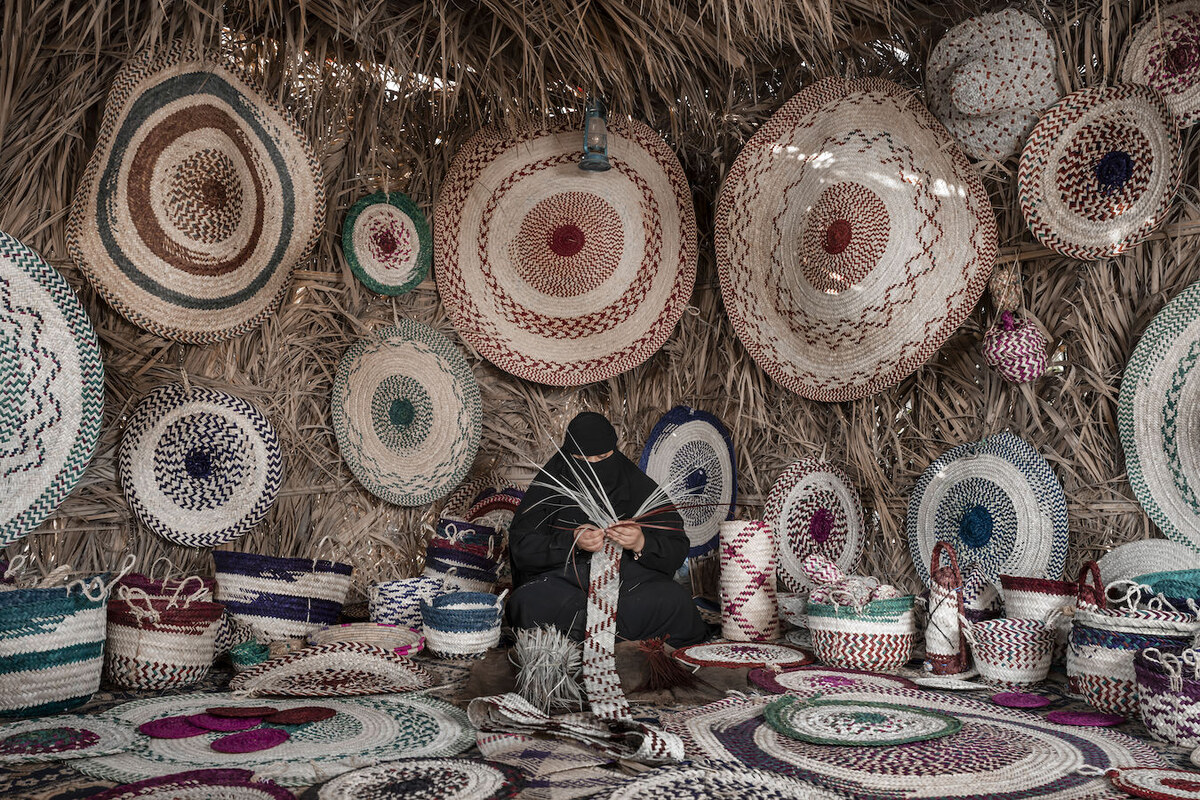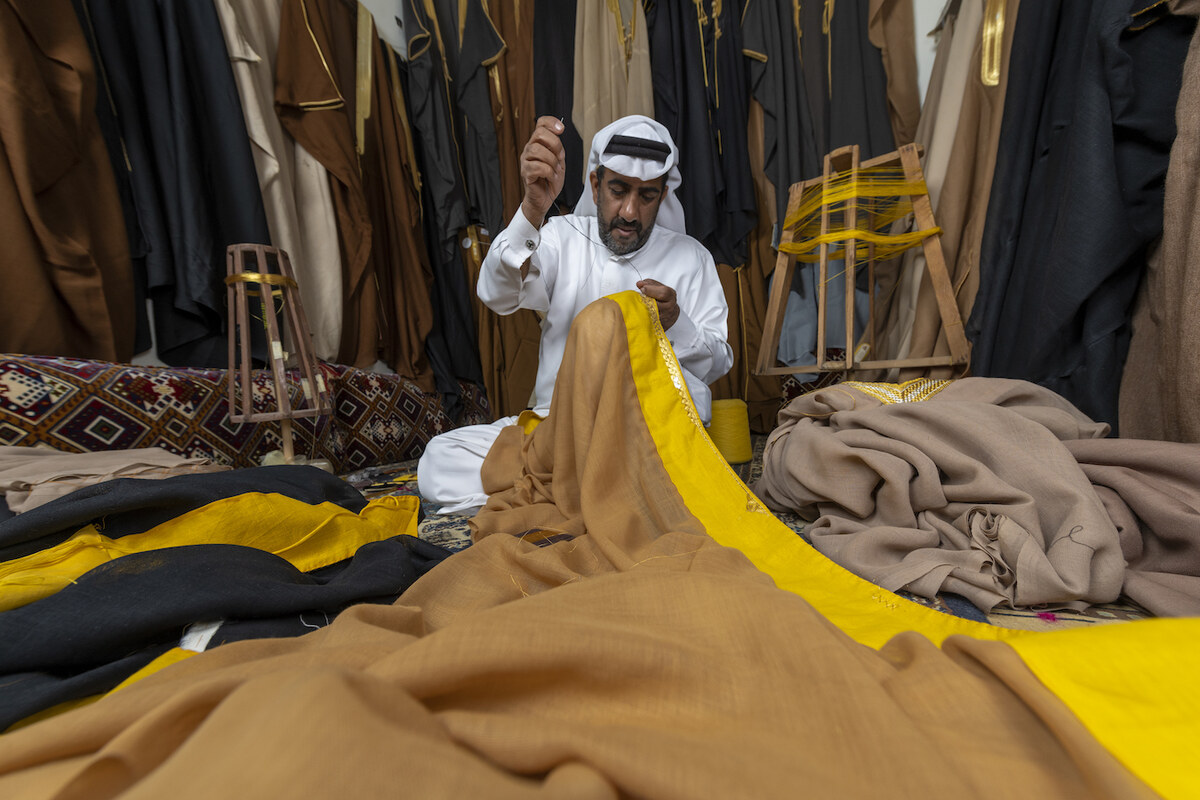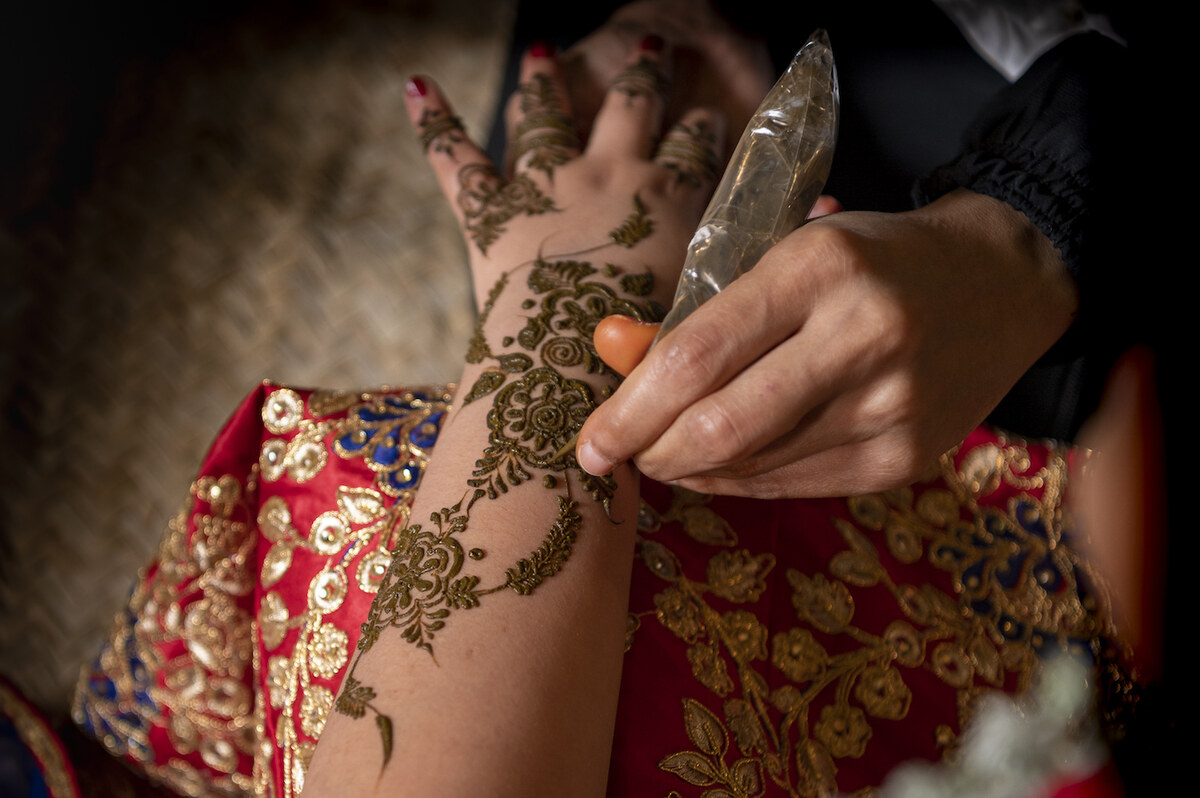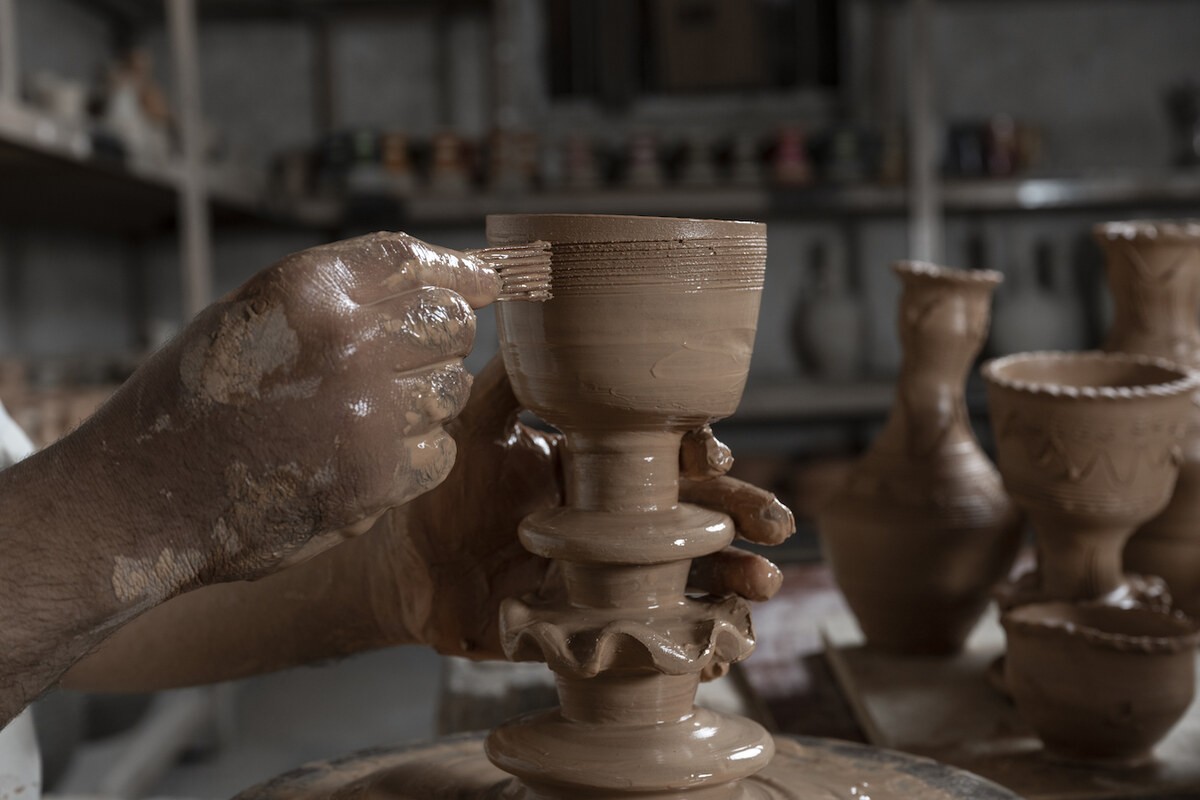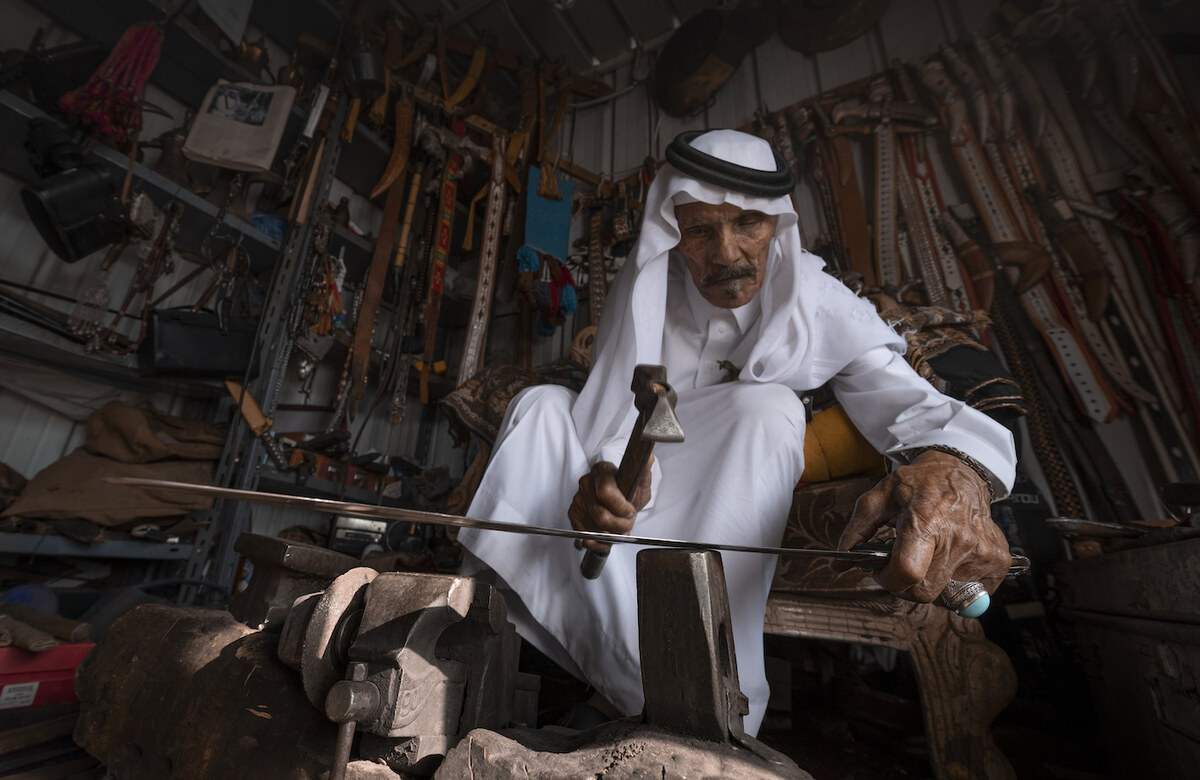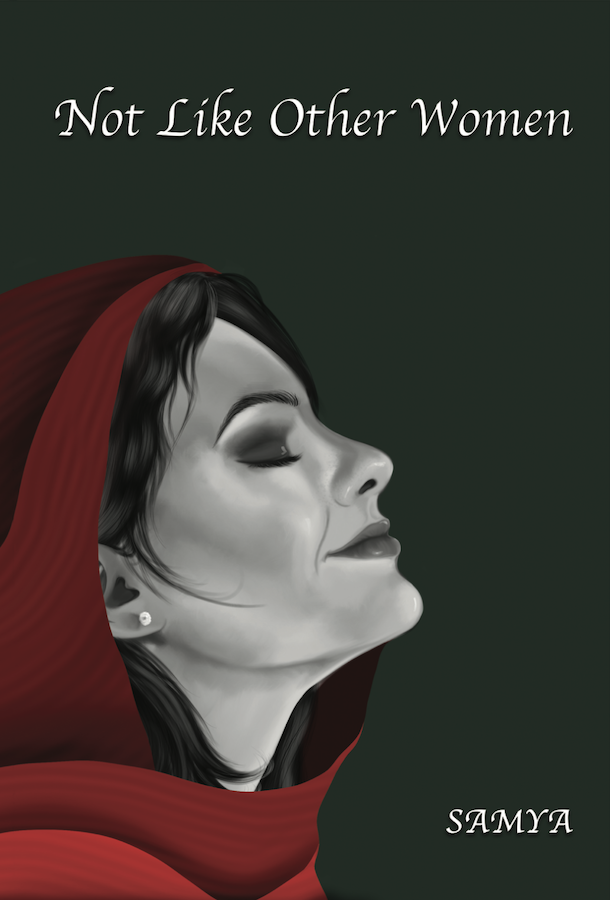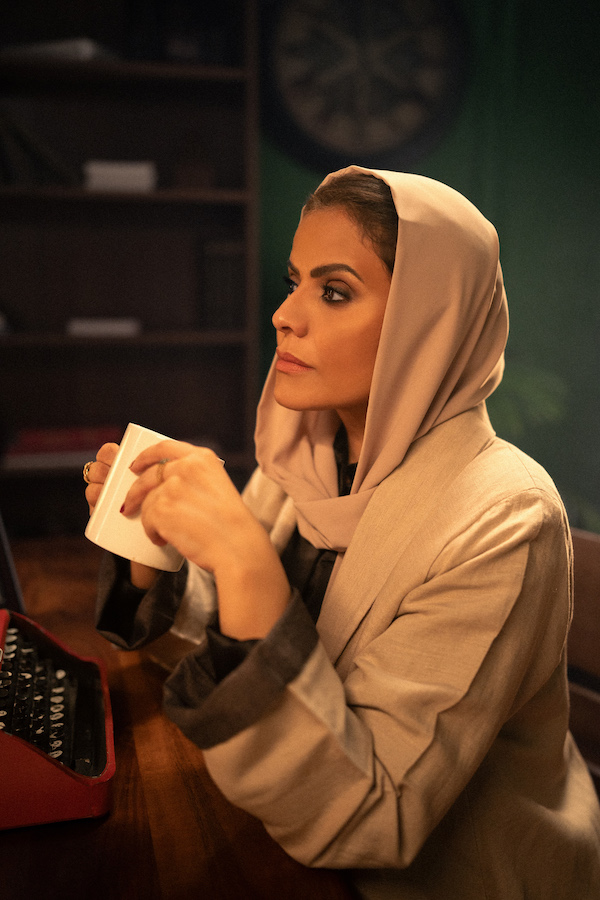DUBAI: Reinvention is a term the fashion world is very familiar with: Heads of houses come and go, archival signatures are foraged and flipped, collections strategically expanded or cut according to social media impressions or sales success. For most brands there’s a continuous necessity to pivot. Not Elie Saab. The Lebanese designer has cleverly curated an empire with slow, measured precision, bolstered by an absolute belief in the art of craftsmanship.
“The code of my collections will always remain the same,” the glamour-focused Saab has often stated, referring to his luxury pairing of Western silhouettes with a Middle Eastern flair for ornamentation and embellishment. Rather than reinvent the wheel, he fine-tunes, dreaming up multi-generational investment pieces that are studied, worked and tweaked to perfection — an approach that has garnered him a loyal following and an impressive 45-year legacy.
To mark this anniversary (and simultaneously show some love to his longtime Saudi supporters), Saab is joining forces with Riyadh Season to host what promises to be an immersive one-of-a-kind fashion spectacle in the Saudi capital on Nov. 13. Titled “1001 Seasons of Elie Saab” — a nod to the famed “One Thousand and One Nights” collection of Arabic folktales — the event will forgo a standard runway presentation in favor of a theatrically orchestrated tableau of models, live music and 300 fresh looks for Fall 2025.
“We will be preparing something unprecedented and new to mark this important occasion,” Saab said during a press conference in London earlier this year, “and celebrate the city of Riyadh as it continues to support creativity and the diversity of culture in the region.”
Whether by way of the soundtrack, set design or the clothing itself (which will be styled by former French Vogue editor, Carine Roitfeld), a nod to his hosts’ aesthetic sensibilities seems inevitable. After all, his relationship with the Kingdom is an important one, cemented last year with the opening of a spacious flagship store in VIA Riyadh that carries his most recent ready-to-wear and bridal collections, childrenswear, accessories and fragrances, in addition to a private haute couture salon. The space itself — all white walls, marble floors and plush carpets — was designed and furnished by another of his exploits, Elie Saab Maison.
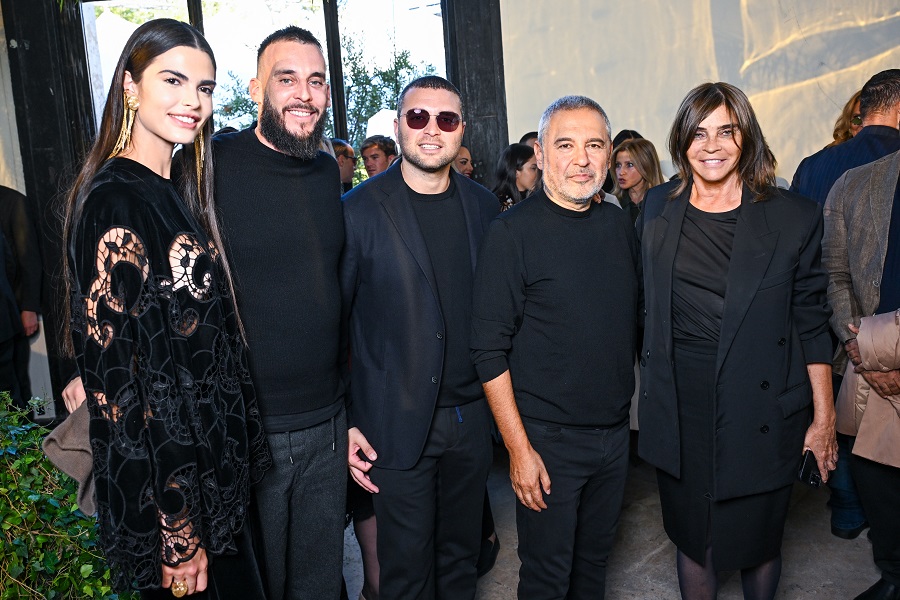
Carolina Mendes, Vladimir Restoin Roitfeld, Elie Saab Jr, Designer Elie Saab and Carine Roitfeld attends the Elie Saab Paris Womenswear Spring-Summer 2025 show as part of Paris Fashion Week on September 28, 2024. (Getty Images)
Such a broad portfolio might be the norm for fashion’s biggest conglomerates with major financial backing, the likes of LVMH or Kering, say, but in Saab’s case, as an independent designer, it’s especially impressive given where he started from. Born and raised in Damour, a coastal suburb of Beirut, he was barely 10 years old when he began teaching himself how to sew. Apart from a single year spent at a fashion school in Paris, his education was shaped by instinct, imagination and circumstance. Long before the rest of the fashion world woke up to their environmental misdemeanours, Saab was dressing his sister in scraps of fabrics from their mother’s closet. Sustainable design was simply a necessity.
In 1982, aged 18, he opened his own studio in war-torn Beirut — an act of loyalty to the city he refers to as his “Queen” — and navigated his way through a civil war that had been raging in Lebanon since 1975, displacing almost a million people including members of Saab’s own family. His commitment to his heritage, to the Lebanese people, their resilience, optimism and creativity, is unshakeable. Following the Beirut Port blast on Aug. 4, 2020, which caused 218 deaths, thousands of injuries and US$15 billion in property damage, Saab responded with a tribute collection titled “Beyrouth, Source Eternelle.”

Claudine Saab, designer Elie Saab, Jennifer Lopez and Elie Saab Jr pose at the backstage prior to the Elie Saab Haute Couture Spring/Summer 2024 show. (Getty Images)
“I want people to talk about Beirut in a positive way,” he told Arab News in March 2021, “and remember that (the city) is not all those bad things they are seeing.”
Saab’s determination to make the best of a truly bad situation is a common trait in his country where, despite it all, creativity is flourishing. Beirut remains the region’s home of couture, spawning a design collective that includes Zuhair Murad, Georges Hobeika, Georges Chakra and Rabih Kayrouz, plus an ever-expanding roster of rising talent: Racil, Roni Helou, Hussein Bazaza, Cynthia Merhej, and Sandra Mansour, who trained under Saab and recognises his influence within her choice of diaphanous fabrics and delicate embroidery.
“The biggest lesson I learned (from working with Saab) is the importance of staying true to your vision,” says Mansour. “He has always had a deep understanding of what women want to feel when they wear a dress — powerful, elegant, and confident — and his attention to detail and craftsmanship is unmatched…that’s what makes it timeless.”
Halle Berry brought Saab to the attention of Hollywood when she accepted her 2002 Academy Award in a standout sheer embroidered gown with a crimson taffeta skirt of his design. Since then, he has found himself dressing everyone from Middle Eastern royalty (Queen Rania of Jordan famously wore one of his gowns for her coronation ceremony in 1999) to Julia Roberts and Beyoncé.

Halle Berry accepting her 2002 Best Actress Oscar in an Elie Saab gown. (AFP)
“It is true that I know all of them and that we are friends — the person matters to me and how the relationship started and goes on,” Saab told Arab News in March 2021. “When you deal with Meryl Streep, (for example), even with all her glory and despite all the awards she has won, you feel how simple she is. I like people who are modest.”
“Fast-fashion,” “trend-led” and “disposable” are not part of Saab’s vocabulary and despite an increasingly digitally focused market, he remains one of few designers able to prioritize perfectionism and the personal touch. A year after his Oscars moment, he became the first Arab designer to be admitted to the Chambre Syndicale de la Haute Couture in Paris, where he continues to present his most creatively elaborate work. For now, though, fashion’s spotlight and the female gaze is set firmly on Saab’s return to Riyadh and a hotly anticipated front row.





